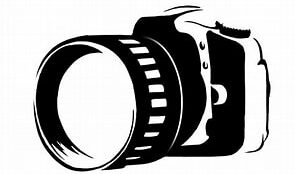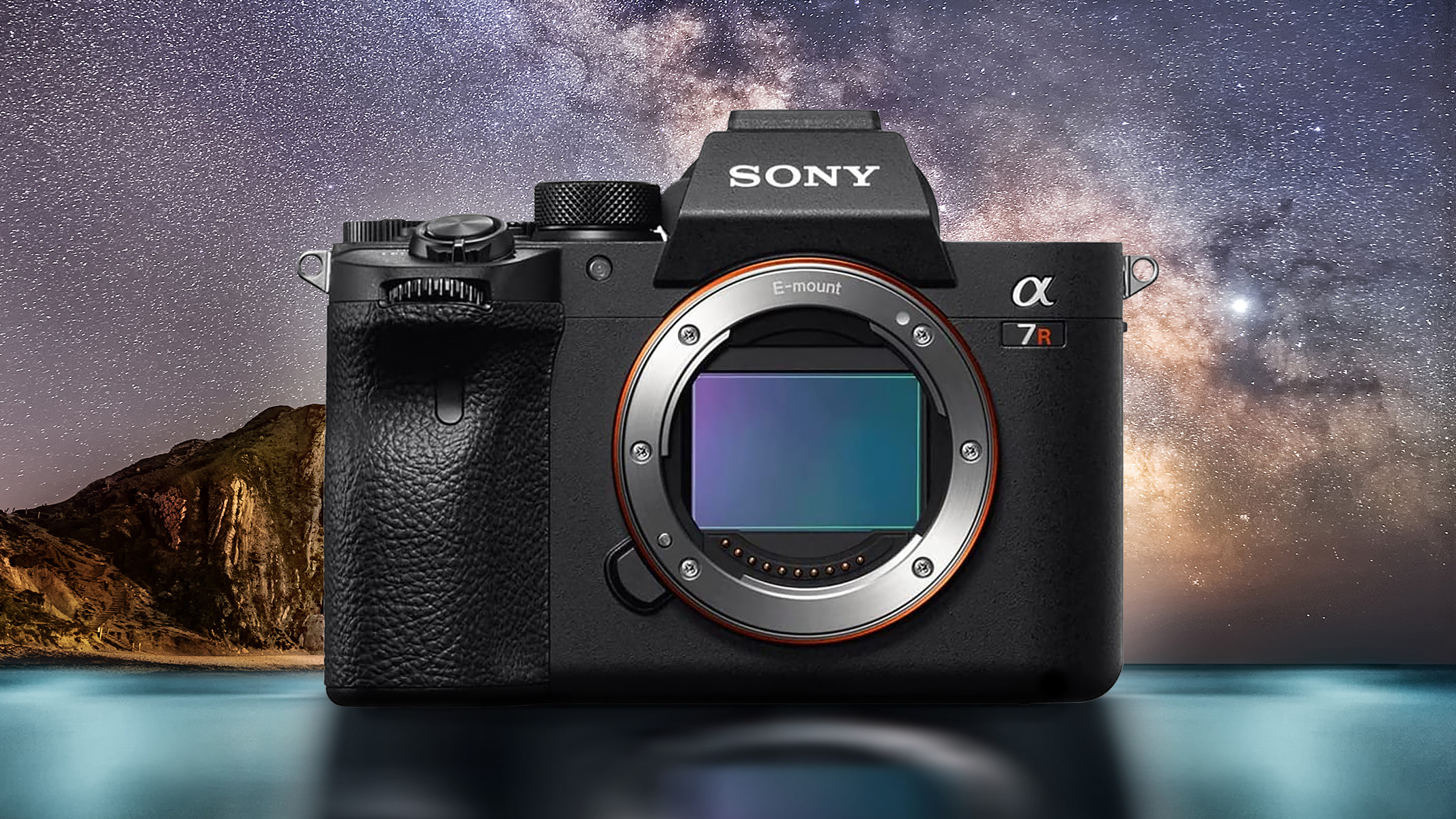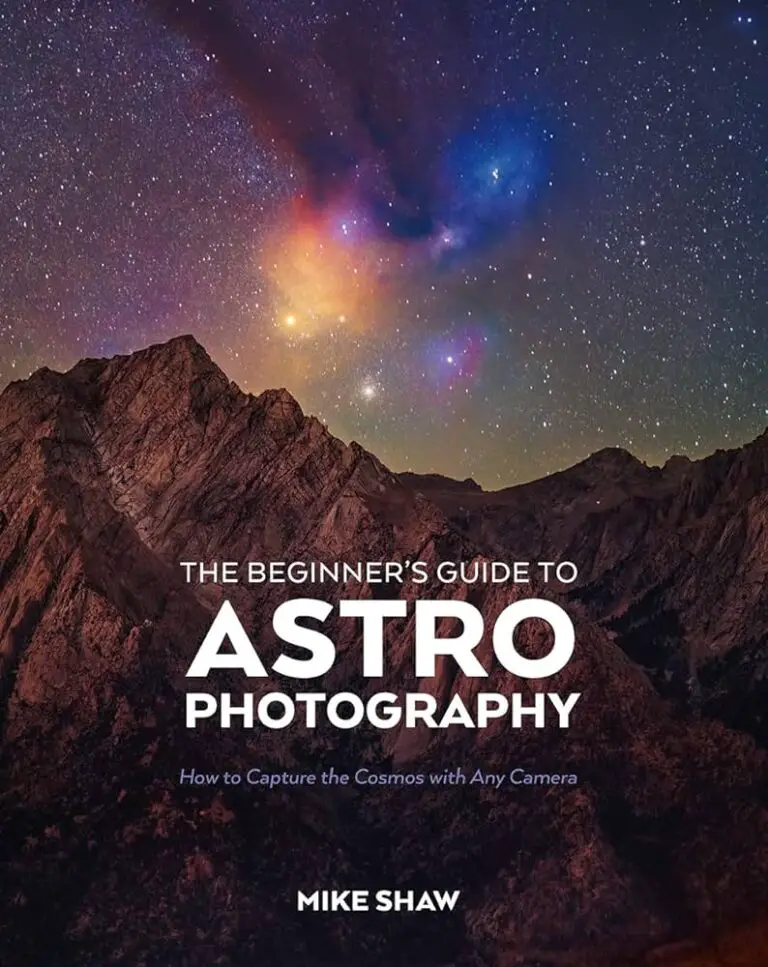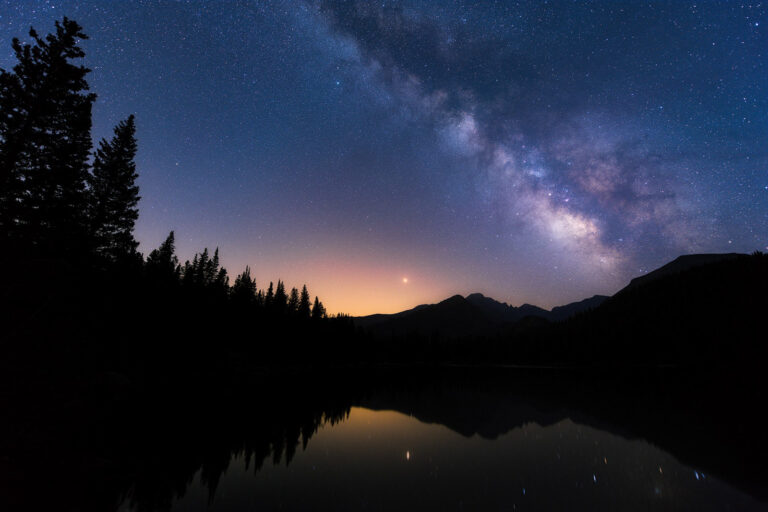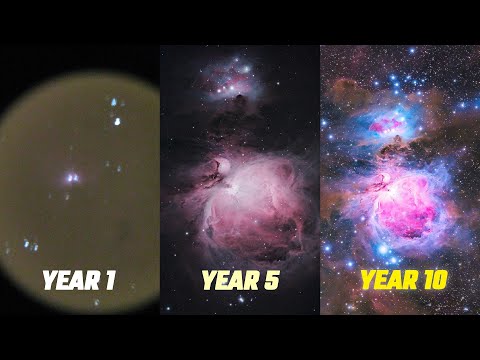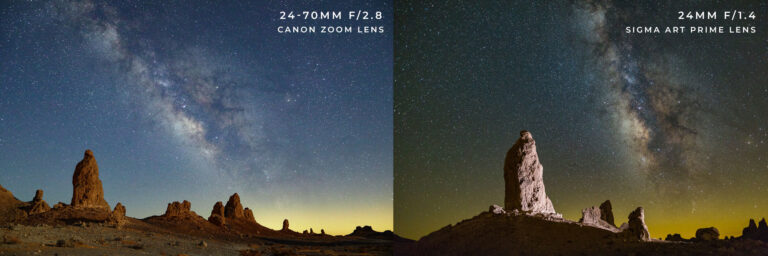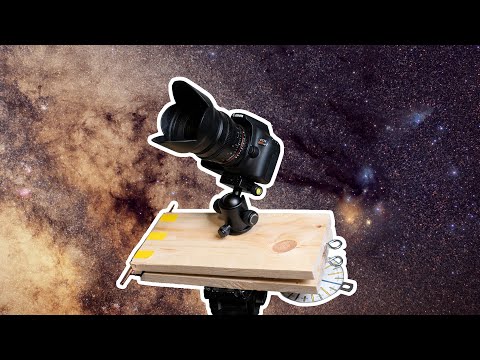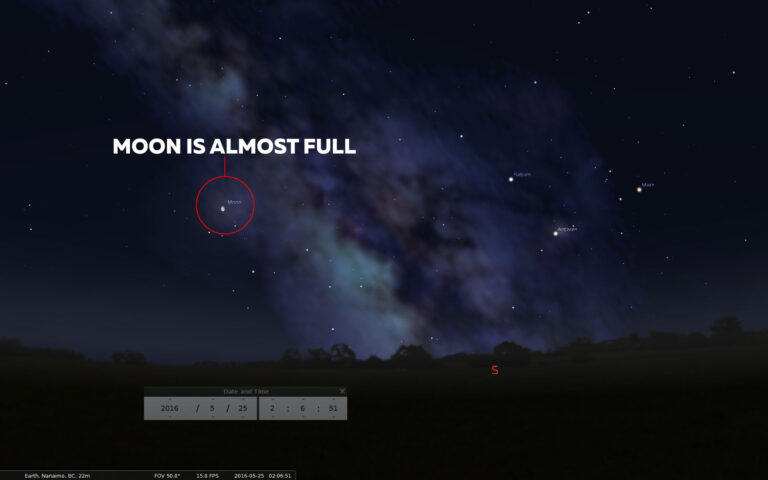Stargazing Adventures: Choosing the Best Camera for Astrophotography
Starry nights have captivated humanity for millennia, inspiring myths, legends, and science. For the modern explorer, capturing the celestial wonders through the lens of a camera has become a passion and an art form. But as scenic as it may sound, stepping into the realm of astrophotography requires the right equipment, especially when it comes to your camera.
This guide will take you through the mesmerizing field of astrophotography and break down the best types of cameras for your night sky escapades. Whether you’re a budding photographer with a keen eye for the cosmos, or simply a stargazing enthusiast looking to document the beauty you witness, you’ll find this resource enlightening and actionable.
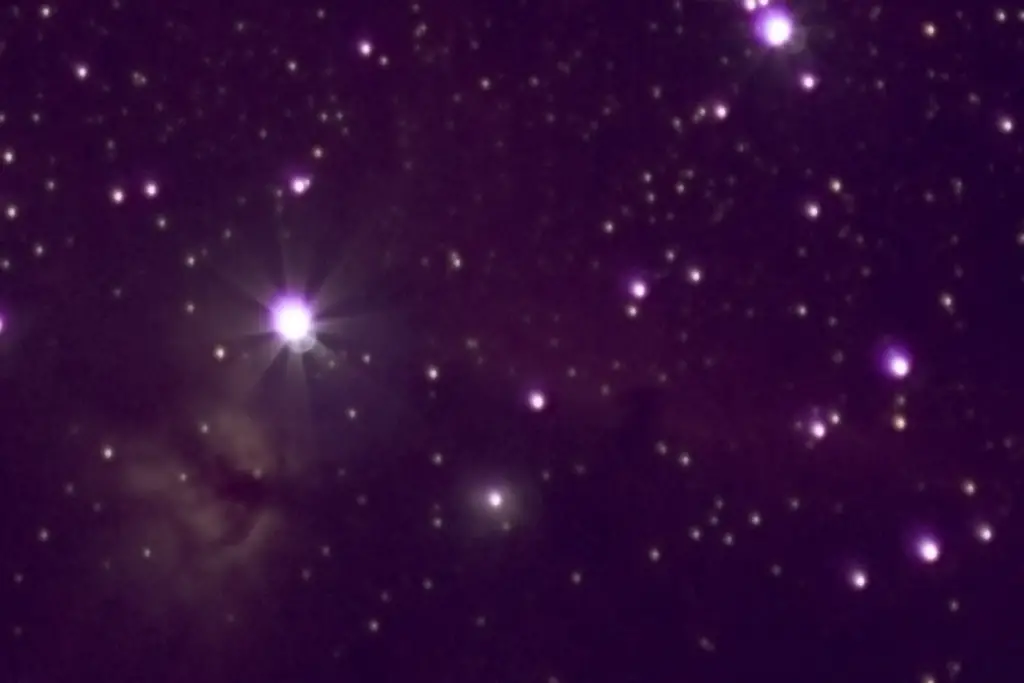
Understanding Astrophotography
Before we launch into the specifications of cameras, it’s important to understand what makes astrophotography unique. Unlike conventional photography, astrophotography is the art of capturing astronomical bodies — stars, planets, nebulae, and galaxies — in the night sky. It often involves long exposures and a degree of technical skill to balance light and achieve the desired results.
The Importance of the Right Camera
The right camera can make or break your astrophotography experience. With a good camera, you can capture details in the night sky that most people never see. But with the wrong one, you might struggle to even distinguish the stars from the noise in your image.
Types of Cameras for Astrophotography
There are several types of cameras available to astrophotographers, and each has its own set of advantages and disadvantages.
DSLR Cameras
Digital Single-Lens Reflex cameras have been a long-time favorite for astrophotographers due to their versatility and the availability of interchangeable lenses. DSLRs combine optics and mechanisms of a single-lens reflex camera with a digital imaging sensor, presenting a good balance of image quality, price, and flexibility.
Mirrorless Cameras
Mirrorless cameras are becoming increasingly popular for astrophotography. They do not rely on a mirror mechanism to reflect light into an optical viewfinder, making them typically lighter and more compact than DSLRs. With an array of lenses and accessories available, mirrorless cameras are a great alternative for stargazers who prefer a more lightweight setup.
Dedicated Astrophotography Cameras
Specialized astrophotography cameras are designed with long-exposure photography of the night sky in mind. Since they are purpose-built for this, they often feature large, sensitive sensors and low-noise imaging capabilities. Dedicated astrophotography cameras can produce stunning images of deep-sky objects that are challenging to achieve with traditional cameras.
Key Features to Consider
When deciding on a camera for astrophotography, there are specific features you should pay close attention to.
Sensor Size and Type
The size and type of sensor in a camera have a significant impact on image quality and noise levels, which is crucial for astrophotography. Full-frame sensors are preferred for their ability to collect more light, but APS-C and Micro Four Thirds sensors also have their merits, such as reaching further into the stars and reducing the necessary focal length of lenses, respectively.
ISO Range and Noise Performance
A camera’s ISO range dictates how it can handle low-light situations, which is a primary condition for astrophotography. The ability to set a high ISO without excessive noise ensures you can capture the faint light of the stars without degrading the image quality.
Lens Compatibility and Focal Length
Interchangeable lenses can dramatically alter the kind of astrophotography you get into. Ultra-wide-angle lenses can capture expansive views of the Milky Way, while telephoto lenses can home in on specific celestial bodies. Knowing the compatibility of lenses with your camera is vital in expanding the range of your night sky photography.
Tips for Choosing the Best Camera
Here are a few practical tips to consider when selecting the best camera for your foray into astrophotography.
Budget Considerations
Astrophotography can get pricey, but that shouldn’t deter you. Regardless of your budget, there are great options available. If you’re starting and resources are limited, consider an entry-level DSLR or mirrorless camera, which can still deliver impressive results.
Portability and Ease of Use
Astrophotography often involves traveling to remote, dark locations. The portability of your camera can impact the ease of getting out there and exploring the skies. Additionally, ease of use is a key consideration, particularly when you’re learning the craft.
Reviews and Recommendations
Before making a purchase, research is essential. Seek out reviews from trusted sources and ask for recommendations from the astrophotography community. Real-world experiences can often highlight important considerations that might not be evident from the specifications alone.
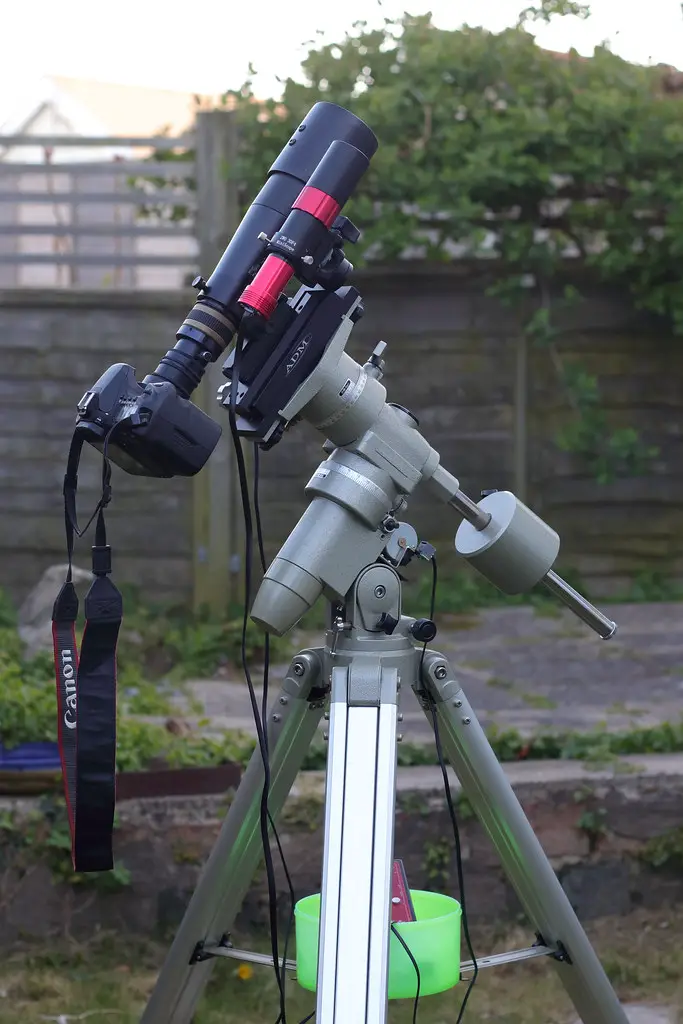
Conclusion
Choosing the right camera for astrophotography is crucial, but it’s just the beginning. Once you have your tool in hand, it’s time to venture under the night sky. Remember, the best camera is the one that gets you out there, capturing the indescribable beauty of the cosmos.
Regardless of which camera you choose, the true magic of astrophotography lies in the exploration and the sense of wonder it brings. Happy shooting — may your nights be clear and filled with stars!
